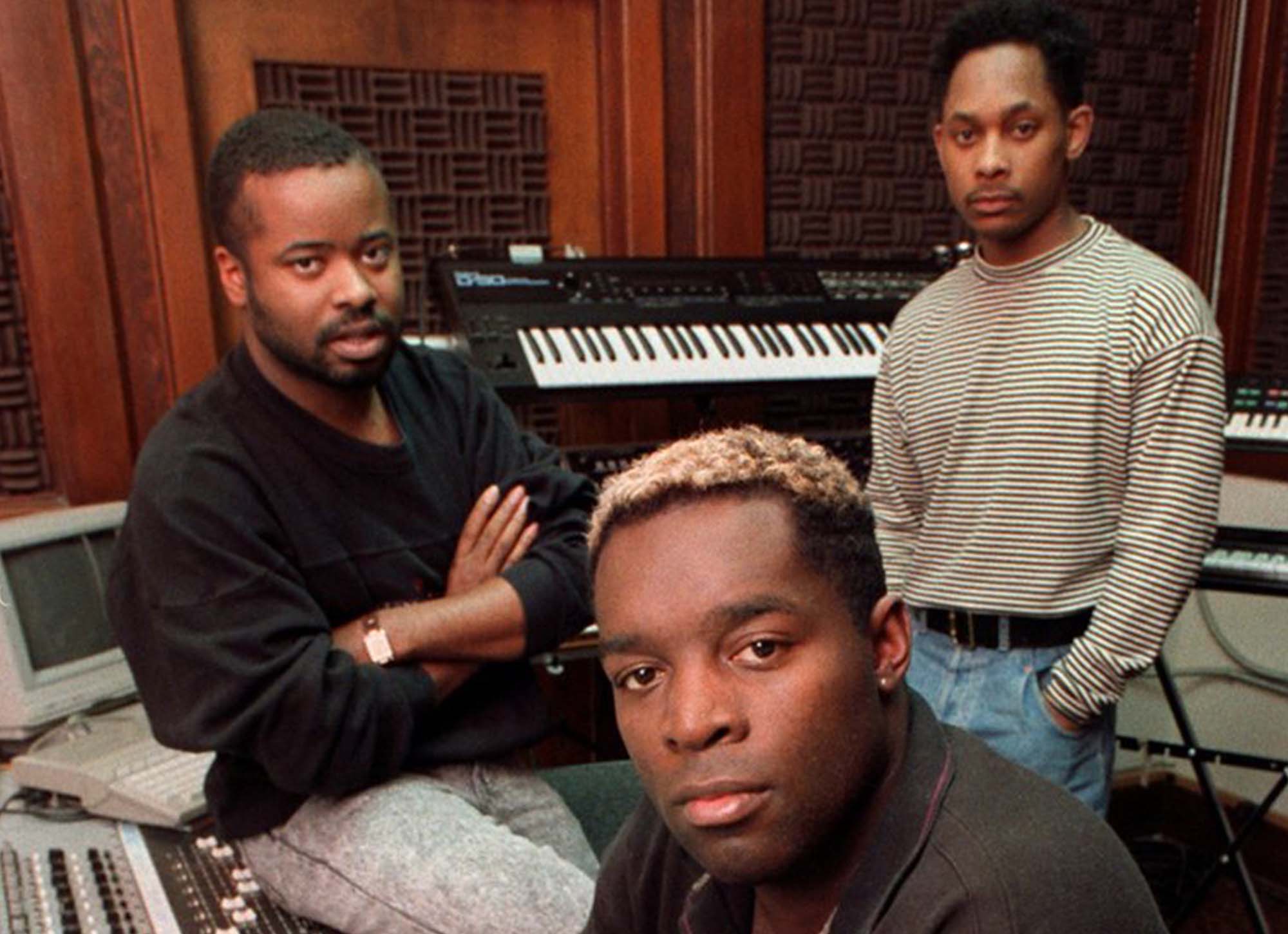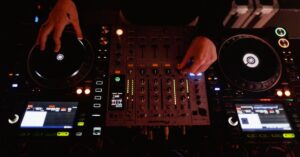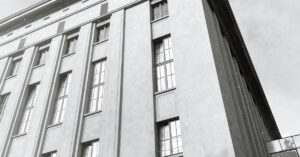What is techno music?
Techno is an electronic dance music (EDM) genre that arose in the 1980s in Detroit, Michigan, United States. To be more specific, Belleville, a Detroit suburb. At Belleville High School, Juan Atkins, Derrick May, and Kevin Saunderson met. Because they are still regarded as the inventors of the techno genre, Belleville is also regarded as the birthplace of techno. They discover they share musical tastes and form the musical trio “the Belleville three.” The three produced a new type of music inspired by Chicago House, which has been on the rise since the late 1970s. They combine aspects of Chicago House (particularly the steady 4/4 pulse) with the synthetic sound principles of New Wave and the minimalist aesthetics of European electronic rock. Like Chicago House, the genre was formed and represented by African-American and Latino Americans who had been displaced to the city’s outskirts. They were trying to create their individuality through this new form of music, with repeated beats and synthesizer sounds that didn’t sound like anything else at the moment. This is how techno emerged as a subgenre of house music with disco and funk elements.
Under various stage names, they released their first own productions in mid-1980, which are considered to be the first techno songs. Two famous examples:
Where Did the Name “Techno” Come From?
The term “techno” derives from the Greek (τέχνη) and is still used in European philosophy to describe art, science, and technology. Today, the phrase is commonly used to refer to aptitude, skill, and craft, as well as ‘art theory’ in modern philosophy.
After the British label ’10 records’ (Virgin Records) released a compilation named ‘Techno! The New Dance Sound of Detroit’ in mid-1988, the music genre achieved international prominence under the name Techno. The true title of the compilation, ‘The House Sound of Detroit,’ was modified just before publication to distinguish it from the widely overused phrase House Music, which was inspired by Juan Atkins‘ single ‘Techno Music.’ Atkins intuitively labeled his new created sounds Techno Music. The record company’s marketing decision in the UK contributed considerably to the genre spreading under the term techno and not being grouped together with the counterpart in Chicago further developed acid house.
What are the main characteristics or the so-called “spirit” of the genre ?
Repetitive beats (usually in 4/4 time), simplistic melodies, and abrasive textures are the key characteristics. These repeating melodies and rhythms are generated by the step sequencers of the time’s drum machines and synthesizers. Techno music is primarily produced by machines. For instance the Roland 909 drum machine and the Korg MS-10 synthesizer , which have been present since the commencement of the first techno tunes, are particularly characteristic. As a result, the genre is also associated with a futuristic, machine character. However, the way these machines were employed, not only the sound they created, influenced the style of Techno. The founders in Detroit were making the most of the little resources at their disposal. They took as many sounds as they could from each instrument, then they looped and triggered patterns using extremely basic sequencers.
In conclusion, the minimalist nature due to restricted resources and the general groove due to African-American funk influence highlight the essential spirit of this music.
What are the early influences of the techno music genre?
Kraftwerk, Parliament, Prince, the B-52s, and Yellow Magic Orchestra (a Japanese electronic music ensemble) were among the list who influenced the early techno pioneers greatly. Furthermore, DJ Charles Johnson aka The Electrifying Mojo’s late-night radio show “The Midnight Funk Association” served as another important source of inspiration for the three pals. The DJ mixed genres such as European new wave, synth pop, funk, hip-hop, and rock in his radio show. Second-generation techno artists such as Jeff Mills, Richie Hawtin, and Carl Craig also credit the radio broadcast as a significant source of inspiration.
For everyone who wants to know more about the early ages of Detroit techno, I highly recommend this recent interview from Kevin Saunderson at the Red Bull Music acedemy, where he first handly explains how the history of techno took place.
Detroit techno’s inspirations from European synth pop and new wave, in my opinion, are particularly important. The employment of synthesizers as a main component of music has paved the way for electronic club music, which is now being used in these genres for the first time. Composers like Karlheinz Stockhausen and Delia Derbyshire, in my perspective, also contribute to the evolution of techno, even if they are not explicitly listed as influences. They are regarded as key pioneers of electronic music who were ahead of their time. They accomplished huge pioneering work with the early synthesizers, creating unique sounds and rhythmic frameworks. It’s worth looking at the composers’ early works to gain a better knowledge of techno and electronic music. For example, following the death of Delia Derbyshire, recordings from the 1960s were discovered that today would be described as minimalist techno.







